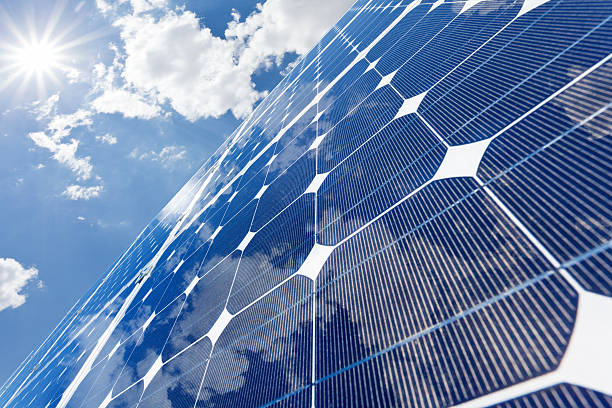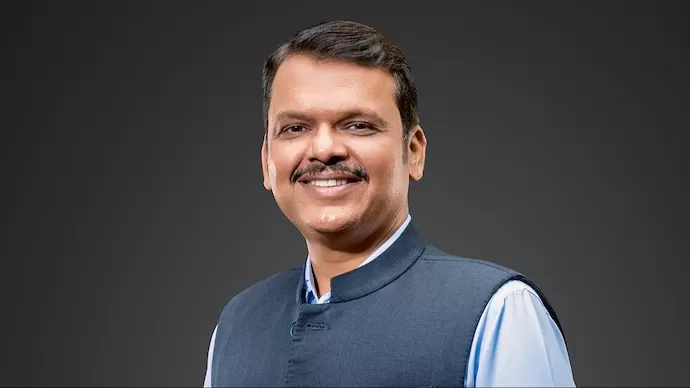
MNRE regulates guidelines for 12,000 MW CPSU solar project scheme

Maharashtra Unveils Rs 113.73 Bn EV Push with Subsidies, Toll Waivers
In a significant move to accelerate clean mobility, the Maharashtra government has approved the Electric Vehicle (EV) Policy 2025, introducing a Rs 113.73 billion package over the next five years to boost EV adoption, manufacturing, and infrastructure. The policy will remain in effect until March 31, 2030, replacing the earlier 2021 policy that expired in March 2025.The new policy provides direct purchase subsidies across all vehicle segments—two-, three-, and four-wheelers, electric buses, commercial vehicles, agricultural EVs, and transport fleets. Electric two-, three-, and non-transport ..

Aadhaar Authentications Cross 27 Billion in FY25
Aadhaar authentication transactions surged past 27.07 billion in FY 2024–25, including 2.47 billion in March alone, reflecting its growing adoption across sectors such as banking, finance, telecom, and public service delivery. Since its inception, the cumulative number of Aadhaar authentication transactions has exceeded 148 billion.The Unique Identification Authority of India’s (UIDAI) AI/ML-based face authentication technology is also witnessing a sharp rise in usage. In March 2025 alone, over 150 million face authentication transactions were recorded. This biometric modality is now used ..

IEPFA Holds Preparatory Meet for 'Niveshak Shivir' Initiative
The Investor Education and Protection Fund Authority (IEPFA), under the Ministry of Corporate Affairs, Government of India, hosted a preparatory meeting on April 28, 2025, with Nodal Officers from stakeholder companies via video conference. The session, chaired by IEPFA CEO Smt. Anita Shah Akella, focused on finalising operational plans for the upcoming ""Niveshak Shivir"" initiative—a joint effort between IEPFA and the Securities and Exchange Board of India (SEBI).""Niveshak Shivir"" aims to improve investor services and streamline the claims process by reaching out to cities with a high nu..














